Waited almost half a day, examined for 5-7 minutes
At nearly 6 a.m., at Cho Ray Hospital, the waiting room was full, people were standing and sitting around, holding bags and medical records... Ms. Nguyen Thi Ut Em (72 years old, Thoi Lai commune, Can Tho city) was diagnosed with breast cancer at the local hospital, but she did not choose the local hospital (which also has an oncology department) but was determined to take a bus at 3 a.m. to go to Ho Chi Minh City for examination and treatment.
“Although it is difficult to wait in line for a long time, the doctors here are highly qualified and the equipment is modern,” Ms. Ut Em shared.
Many tertiary hospitals in Ho Chi Minh City are already crowded, and since the Law on Health Insurance (amended) took effect 3 months ago, they have become even more overloaded. According to statistics from the Ho Chi Minh City Oncology Hospital, the hospital receives 4,000-5,000 patients every day. The corridors, waiting areas, and examination areas are always crowded.
According to Dr. Diep Bao Tuan, Director of Ho Chi Minh City Oncology Hospital, the hospital has implemented a series of solutions such as examination outside of working hours, appointment booking via application, call center, Zalo, website but many people, especially in rural and mountainous areas, still come to the hospital... to queue.
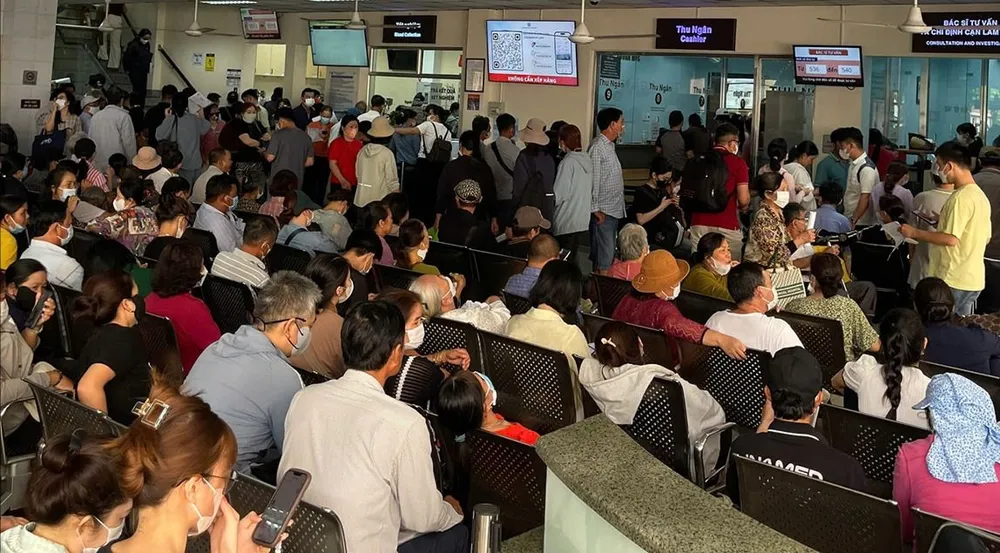
Similarly, at K Hospital ( Hanoi ), although there are 3 facilities with about 2,300 beds and nearly 2,000 doctors, nurses and staff, the hospital receives about 5,000-6,000 patients every day, putting pressure on doctors, nurses and equipment. Patients come not only from Hanoi but from all over the country, because many people believe that if they have cancer, they can only be cured at K Hospital.
According to an endocrinologist at Cho Ray Hospital, among the thousands of visits each day at the hospital, there are many cases that can be treated at lower levels, but due to the "sure thing" mentality, patients still flock to higher levels, even though they have to wait half a day just to be examined for 5-7 minutes. The consequence is a constant overload, doctors do not have time to examine thoroughly, machines and equipment have to operate at full capacity, and patients are crowded and waiting in fatigue and anxiety.
Responding to voters' feedback on the overload situation at upper-level hospitals, Minister of Health Dao Hong Lan said that in the coming time, the Ministry of Health will continue to implement synchronous solutions, improve medical examination and treatment capacity; expand the Satellite Hospital Project until 2030, encourage qualified provincial and private hospitals to participate as "nuclear hospitals"; promote the application of information technology and telemedicine.
At the same time, continue to expand the scale of the hospital, increase the number of beds, focus on key specialties; implement policies to attract and encourage young doctors to volunteer to work in remote, isolated and disadvantaged areas...
Building an effective stratified health system
While upper-level hospitals are always overloaded, many lower-level medical facilities are deserted, despite being invested in to build spacious and clean facilities. At Vinh Hoi Ward Medical Station (HCMC), although it was the first morning of the week, very few people came to visit.
Ms. Nguyen Thi Duyen (42 years old, living in Vinh Hoi ward) said: "Although my house is very close to the medical station, I have never been to the hospital because every time I go to the hospital, I need to do blood tests, urine tests, diagnostic imaging, color ultrasound... but they cannot be done here. So every time my family has a sick person, I go straight to the upper level hospital for peace of mind."
According to Dr. Ha Anh Duc, Director of the Department of Medical Examination and Treatment Management (Ministry of Health), the underlying cause of the overload at many central hospitals is that people have lost confidence in primary health care. To solve this problem, it is necessary to build an effective, hierarchical health care system. Primary health care is the frontline, providing both disease prevention and primary care. The upper level will focus on intensive, high-tech treatment.
“The Ministry of Health is about to issue a circular stipulating new functions and tasks for commune health stations, in line with the context of digital transformation, population aging and the burden of non-communicable diseases. In addition, it will implement flexible financial mechanisms, attract socialized resources and create conditions for doctors to feel secure working at lower levels,” informed Dr. Ha Anh Duc.
To improve the efficiency of professional referrals and reduce the rate of inappropriate referrals, the Department of Medical Examination and Treatment Management is developing and will submit to the Ministry of Health the Project "Improving professional capacity, supporting training, transferring techniques and developing a satellite hospital network for the period 2026-2030" in 2025. This project is expected to contribute to reducing the load on upper-level hospitals, ensuring that patients are treated at facilities appropriate to the professional capacity of the medical facility.
Expanding hospital facilities 2 and 3
According to Associate Professor, Doctor, Doctor Tang Chi Thuong, Director of the Ho Chi Minh City Department of Health, the city's health sector is providing health care for more than 13.6 million people, the demand for health services will increase significantly in both demand and scope of supply, while health resources are not yet commensurate.
Currently, the health sector is proactively researching and expanding service facilities according to the model of facilities 2 and 3 of leading general and specialized hospitals in new areas, both to meet the medical examination and treatment needs of the people and to create an opportunity to promote the development of medical tourism in the city.
Source: https://www.sggp.org.vn/nghich-ly-kham-benh-chua-benh-tren-qua-tai-duoi-dieu-hiu-post819093.html





![[Photo] Prime Minister Pham Minh Chinh received Mr. Yamamoto Ichita, Governor of Gunma Province (Japan)](https://vphoto.vietnam.vn/thumb/1200x675/vietnam/resource/IMAGE/2025/10/21/1761032833411_dsc-8867-jpg.webp)
![[Photo] Da Nang residents "hunt for photos" of big waves at the mouth of the Han River](https://vphoto.vietnam.vn/thumb/1200x675/vietnam/resource/IMAGE/2025/10/21/1761043632309_ndo_br_11-jpg.webp)
![[Photo] Prime Minister Pham Minh Chinh meets with Speaker of the Hungarian National Assembly Kover Laszlo](https://vphoto.vietnam.vn/thumb/1200x675/vietnam/resource/IMAGE/2025/10/20/1760970413415_dsc-8111-jpg.webp)





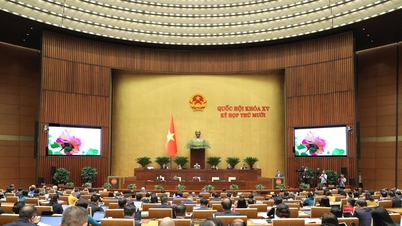

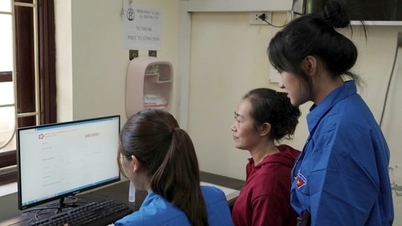







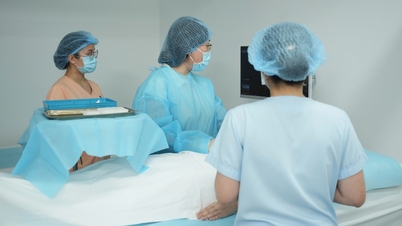










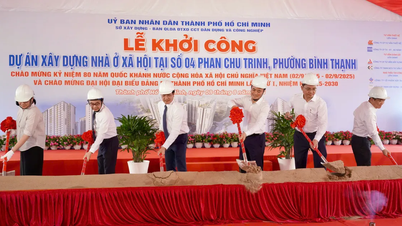
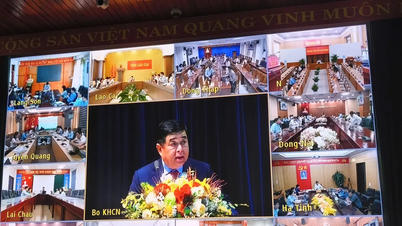







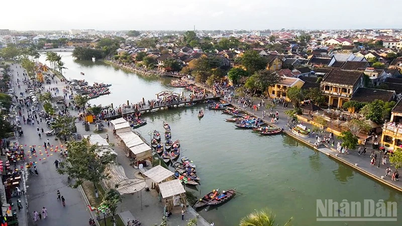





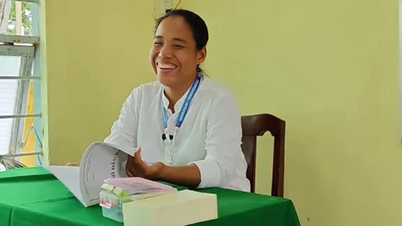
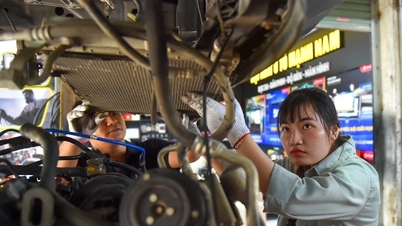









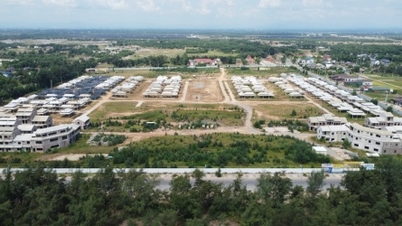











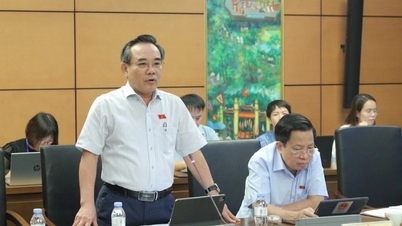
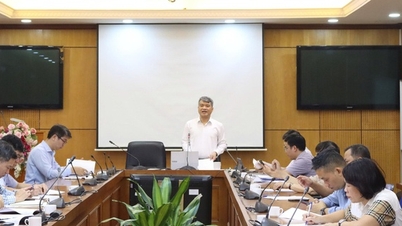
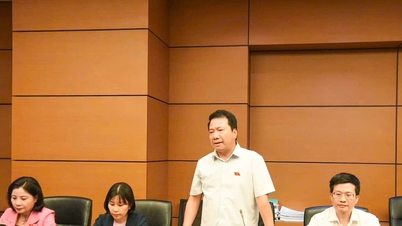






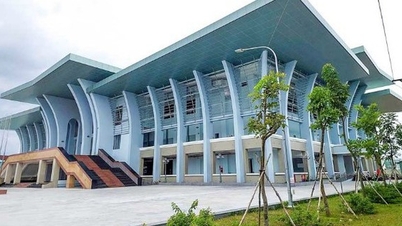



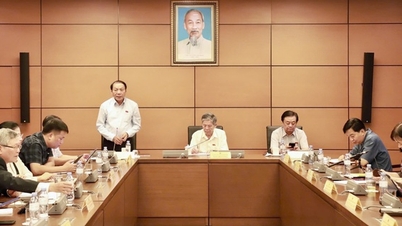









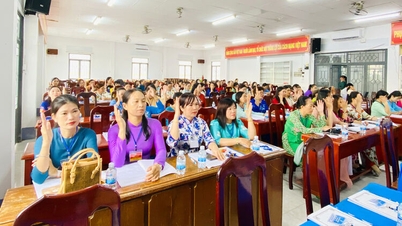













Comment (0)